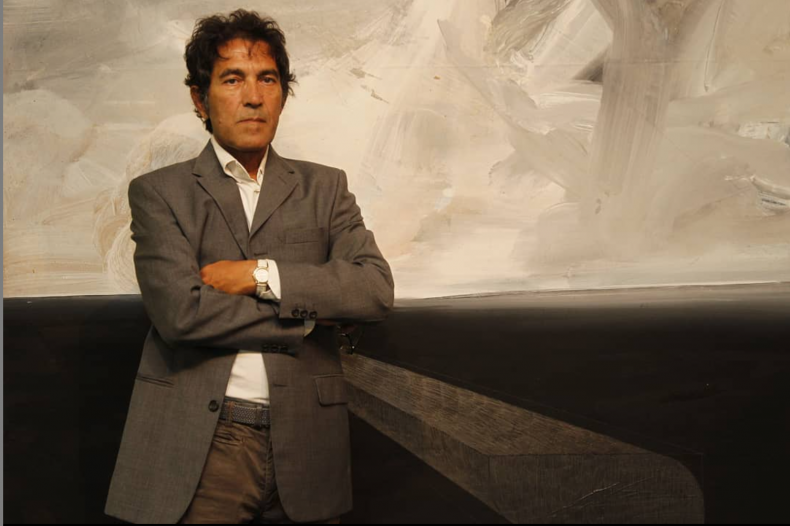The noble and the fabulously wealthy are already buying digital furniture that won’t occupy real spaces, and copping digital fashion to dress their virtual selves. Now, get ready as Dadaism makes a comeback, with an invisible sculpture made by Italian artist Salvatore Garau.
Titled Io Sono, meaning “I am” in Italian, the invisible artwork was recently sold at auction for US$18,000. It’s intended to be displayed in a 5×5-foot square, and must be showcased in a private space free from any obstructions. Fortunately, this is also probably the most low-maintenance piece of work ever, since there is no material to it – meaning the owner won’t have to worry about environment control or special lighting.
While you can’t see it, it does exist, as Garau even included a certificate of authentication to the buyer. He explains the sculpture’s existence is confirmed – just not in material form – and describes it as more of a “vacuum”.
“The vacuum is nothing more than a space full of energy, and even if we empty it and there is nothing left, according to the Heisenberg uncertainty principle, that ‘nothing’ has a weight,” he elaborates. “Therefore, it has energy that is condense and transformed into particles, that is, into us.”
Io Sono marks the first invisible sculpture Garau has sold, but it isn’t the first of its kind he has “created”. Just last month, he displayed another immaterial sculpture titled Buddha in Contemplation, in the Piazza della Scala in Milan. Based on the video footage on his Instagram, it shows a taped-off area where the work is “located”.
View this post on Instagram
“Now it exists and will remain in this space forever,” the video states. “You do not see it but it exists. It is made of air and spirit.”
This form of artwork is meant to “activate” and exercise the viewer’s imagination, a power that, Garau believes, exists within anyone. It invites discussion and debate, also found in artworks from the 19th century Dadaist movement, or even in Abstract Expressionism, popularised by artists such as Jackson Pollock, Mark Rothko, and Wassily Kadinsky.
Featured image: @salvatore_garau










